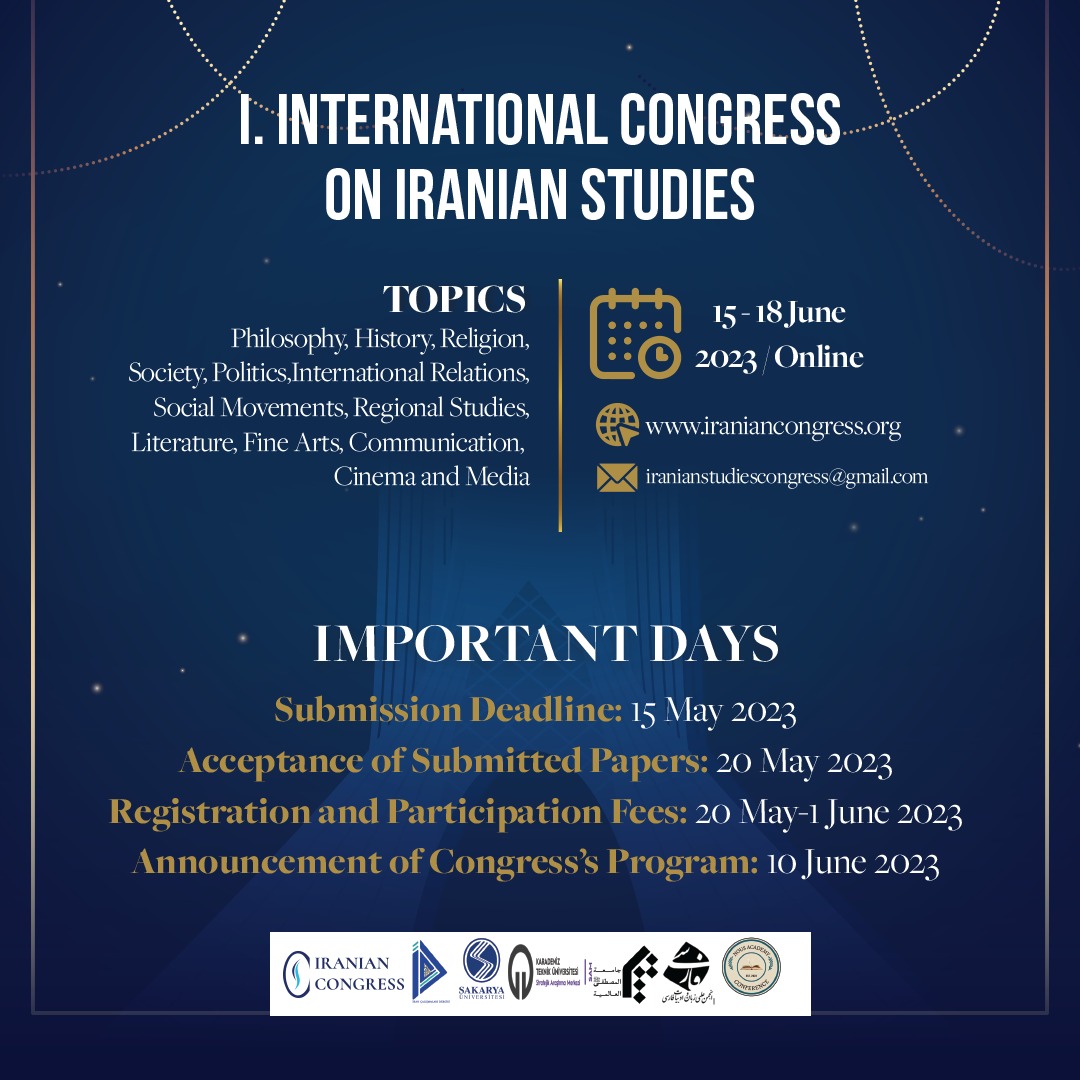Kaçarlar Döneminde İran’da Osmanlı İmajının Değişimi (1794 - 1925)
Abstract
The article explores the process of change in the image of the Ottoman State in Iran during the Qajar period (1789 - 1925). In this period of more than a century, both Iranian and Ottoman states and societies experienced profound changes and stepped into their modern periods. Especially in Iran, which lacked a long-term power after the Safavids, Iran experienced a period of stability with the domination of the Qajars, and witnessed the events that formed the basis of today's Iranian society in the political, social, cultural and even religious fields. In this period, Iran started to take an active role in international relations once again, and with the widespread use of modern communication tools, it came out of a closed country and interacted with the surrounding countries. Naturally, in this process, the Ottoman Empire was also taken into account by the Iranian state and its people, and the Ottoman state and society had effects in Iran.
Reviewing the official and unofficial literature of the Qajar period, it is possible to see that the Ottoman Empire evoked different connotations in Iran in this period. While the hostile views stemming from the Safavid tradition were a general view in the early periods, the Ottoman Empire became a reliable and even exemplary state and country at the end of the period. Along with the political relations, the cultural relations between the intellectuals and thinkers of the two countries also played a major role in the change of these images.
The images of enemy, rival, friend, example and even savior were used for the Ottomans in different time periods during the Qajar period.
Published
Issue
Section
License
Copyright (c) 2023 IRANIAN CONGRESS

This work is licensed under a Creative Commons Attribution 4.0 International License.


